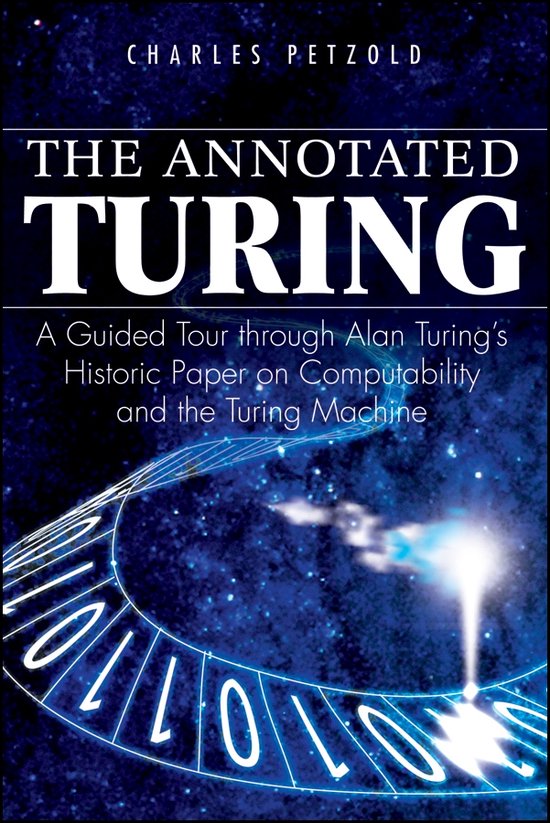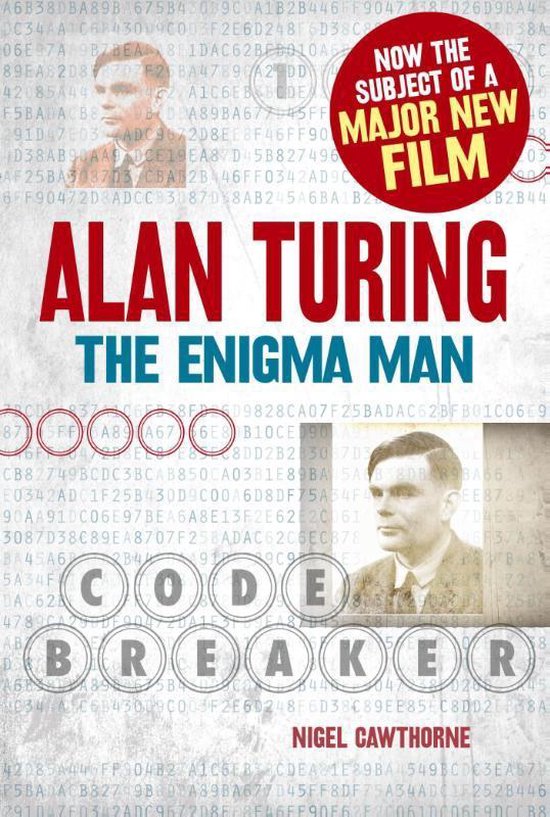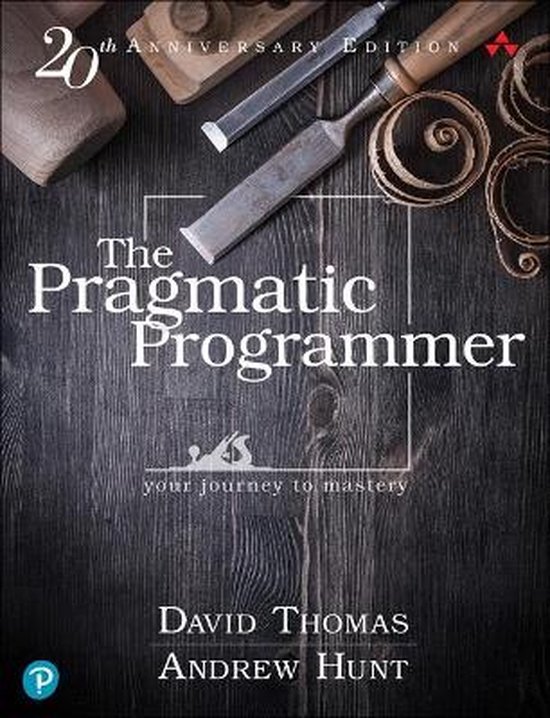
Annotated Turing
Before digital computers ever existed, Alan Turing envisioned their power and versatility...but also proved what computers could never do.
In an extraordinary and ultimately tragic life that unfolded like a novel, Turing helped break the German Enigma code to turn the tide of World War II, later speculated on artificial intelligence, fell victim to the homophobic witchhunts of the early 1950s, and committed suicide at the age of 41. Yet Turing is most famous for an eerily prescient 1936 paper in which he invented an imaginary computing machine, explored its capabilities and intrinsic limitations, and established the foundations of modern-day programming and computability.
This absorbing book expands Turing's now legendary 36-page paper with extensive annotations, fascinating historical context, and page-turning glimpses into his private life. From his use of binary numbers to his exploration of concepts that today's programmers will recognize as RISC processing, subroutines, algorithms, and others, Turing foresaw the future and helped to mold it. In our post-Turing world, everything is a Turing Machine — from the most sophisticated computers we can build, to the hardly algorithmic processes of the human mind, to the information-laden universe in which we live.
Programming Legend Charles Petzold unlocks the secrets of the extraordinary and prescient 1936 paper by Alan M. Turing
Mathematician Alan Turing invented an imaginary computer known as the Turing Machine; in an age before computers, he explored the concept of what it meant to be computable, creating the field of computability theory in the process, a foundation of present-day computer programming.
The book expands Turing’s original 36-page paper with additional background chapters and extensive annotations; the author elaborates on and clarifies many of Turing’s statements, making the original difficult-to-read document accessible to present day programmers, computer science majors, math geeks, and others.
Interwoven into the narrative are the highlights of Turing’s own life: his years at Cambridge and Princeton, his secret work in cryptanalysis during World War II, his involvement in seminal computer projects, his speculations about artificial intelligence, his arrest and prosecution for the crime of "gross indecency," and his early death by apparent suicide at the age of 41.
| Auteur | | Charles Petzold |
| Taal | | Engels |
| Type | | Paperback |
| Categorie | | Computers & Informatica |




